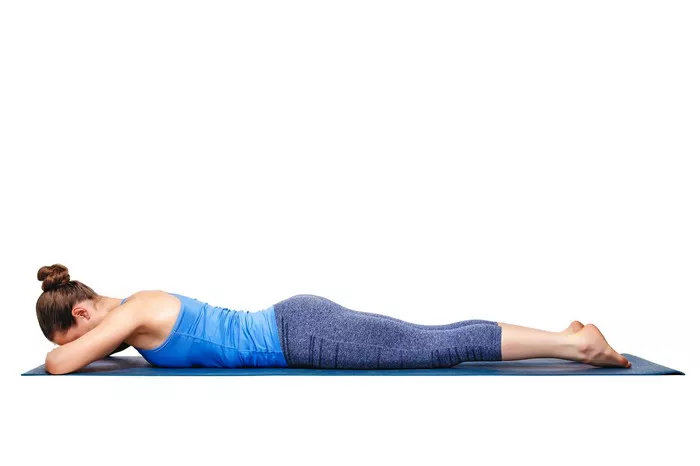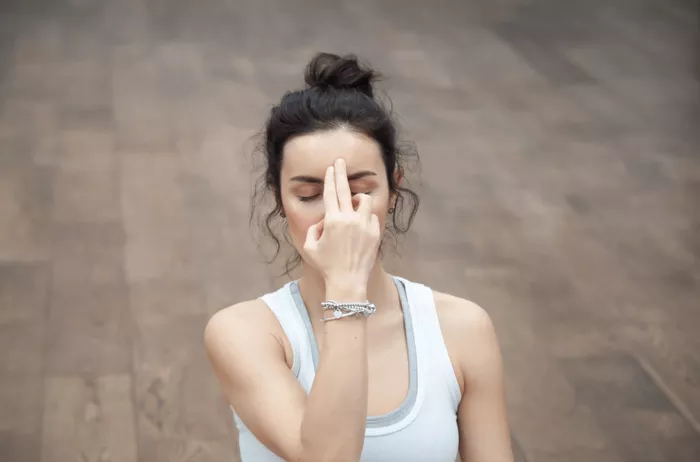Gentle restorative yoga has become a popular practice for people seeking to relax and restore their bodies and minds. But what exactly is gentle restorative yoga, and why is it important for our well-being? In this article, we will explore the key principles of this form of yoga, its benefits, and how it differs from other yoga styles.
Introduction to Gentle Restorative Yoga
Gentle restorative yoga is a type of yoga that focuses on relaxation and recovery. Unlike more active forms of yoga that emphasize strength, balance, and flexibility, restorative yoga is about calming the nervous system, slowing down, and allowing the body to fully relax. This practice typically uses props such as blankets, bolsters, and blocks to support the body in restful poses for an extended period.
Key Principles of Gentle Restorative Yoga
There are a few core principles that define gentle restorative yoga and differentiate it from other types of yoga.
Rest and Stillness
In restorative yoga, the focus is on rest and stillness. You won’t be flowing through a series of postures or engaging in dynamic movements. Instead, you will hold each pose for several minutes, allowing your body to fully relax. The aim is to restore the body and mind, not to build strength or endurance.
Use of Props
Props are essential in gentle restorative yoga. They help support the body in various poses, allowing you to relax more deeply without straining or overworking your muscles. Props like bolsters, blocks, blankets, and straps provide comfort and help you stay in poses for longer periods without discomfort.
Mindful Breathing
Breathing plays a crucial role in restorative yoga. Gentle, slow, and mindful breathing helps calm the nervous system and encourages the body to release tension. Many restorative yoga classes incorporate pranayama (breathing exercises) to deepen relaxation.
Extended Time in Poses
Unlike other yoga styles where you move from pose to pose in quick succession, restorative yoga encourages you to stay in each pose for longer periods, typically between 5 and 15 minutes. This extended time allows for a deep release of tension and stress, helping to promote healing in the body.
Relaxation and Letting Go
The primary goal of gentle restorative yoga is to relax the body and mind completely. It encourages practitioners to let go of any effort, surrender to the present moment, and allow themselves to rest fully. This practice is not about achieving perfection in a pose, but rather about finding comfort and ease in the body.
Benefits of Gentle Restorative Yoga
Gentle restorative yoga offers a wide range of benefits for both the body and mind. These benefits are particularly important in today’s fast-paced world, where stress and fatigue are common.
Reduces Stress and Anxiety
One of the most significant benefits of restorative yoga is its ability to reduce stress and anxiety. The combination of mindful breathing, supported poses, and extended relaxation helps calm the nervous system, lowering cortisol levels (the stress hormone) in the body. This leads to a sense of calm and peace, making it an excellent practice for those dealing with high stress or anxiety.
Improves Sleep Quality
Since restorative yoga promotes relaxation and reduces stress, it can significantly improve sleep quality. Many people find that practicing gentle restorative yoga before bed helps them unwind, making it easier to fall asleep and stay asleep through the night. The calming effects of this practice can also help reduce insomnia and other sleep-related issues.
Boosts Immunity
When the body is in a state of chronic stress, it can weaken the immune system, making you more susceptible to illness. Gentle restorative yoga helps lower stress levels and boosts the body’s natural healing abilities. By allowing the body to rest and recover, restorative yoga can strengthen the immune system and promote overall health.
Increases Flexibility Without Strain
While restorative yoga is not focused on building flexibility in the same way as more active yoga styles, it can still improve flexibility by allowing the body to release deep-seated tension. Holding poses for extended periods helps lengthen muscles and increase joint mobility without strain or injury.
Relieves Chronic Pain
For individuals dealing with chronic pain conditions such as arthritis, fibromyalgia, or lower back pain, restorative yoga can offer relief. The gentle poses and deep relaxation help reduce inflammation, alleviate muscle tension, and improve circulation, all of which can ease pain and discomfort.
Supports Emotional Healing
Gentle restorative yoga can also support emotional healing. The practice encourages mindfulness and self-awareness, helping practitioners tune into their emotions and release any negative feelings they may be holding onto. By creating a safe and nurturing space for relaxation, restorative yoga allows individuals to process and heal emotionally.
Enhances Mindfulness and Presence
Because restorative yoga is a slow and meditative practice, it naturally enhances mindfulness. Practitioners are encouraged to focus on their breath, sensations in the body, and the present moment. This mindfulness can carry over into everyday life, helping individuals become more aware of their thoughts, emotions, and actions.
Differences Between Gentle Restorative Yoga and Other Yoga Styles
Gentle restorative yoga differs from other yoga styles in several key ways, making it a unique and valuable practice.
Focus on Relaxation, Not Effort
In more active forms of yoga, such as Vinyasa or Ashtanga, the focus is on building strength, flexibility, and endurance through movement and effort. In restorative yoga, the emphasis is on relaxation, allowing the body to release tension without effort or strain. This makes it a more accessible option for those who may not be able to engage in more physically demanding yoga practices.
Longer Holds in Poses
In other yoga styles, poses are typically held for only a few breaths before transitioning to the next pose. In gentle restorative yoga, poses are held for much longer, sometimes up to 15 minutes. This extended time allows for deeper relaxation and more profound benefits for the body and mind.
Use of Props for Support
While props are sometimes used in other yoga styles, they are essential in restorative yoga. The use of props helps create a sense of support and comfort, making it easier to relax fully into each pose. This is especially helpful for individuals with limited mobility or those recovering from injury.
Slower Pace
Restorative yoga is practiced at a much slower pace than other styles. There are fewer poses in a typical restorative class, and transitions between poses are done with care and mindfulness. This slow pace encourages relaxation and mindfulness, allowing practitioners to be fully present in each moment.
See Also: A Guide to How Often You Should Practice Restorative Yoga
How to Practice Gentle Restorative Yoga at Home
While attending a restorative yoga class can be a wonderful experience, you can also practice gentle restorative yoga at home with just a few simple props.
Create a Relaxing Space
Find a quiet, comfortable space in your home where you won’t be disturbed. Dim the lights, play soft music, or light candles to create a calming atmosphere.
Gather Props
You don’t need fancy yoga props to practice at home. Use blankets, pillows, or cushions to support your body in different poses. A sturdy chair or the wall can also be used for support in some poses.
Focus on Your Breath
As you move through each pose, focus on your breath. Take slow, deep breaths, and allow your body to relax more with each exhale. This will help calm your nervous system and deepen your relaxation.
Stay in Poses Longer
Don’t rush through the poses. Stay in each pose for at least 5-10 minutes, allowing your body to fully relax. Use props to support yourself so that you can stay in the pose without discomfort.
Conclusion: The Importance of Gentle Restorative Yoga
Gentle restorative yoga is a powerful practice that offers numerous benefits for both the body and mind. This form of yoga is accessible to people of all fitness levels, ages, and abilities. It is especially beneficial for those recovering from illness or injury, as well as individuals dealing with stress, anxiety, or fatigue.
You Might Be Interested In


















